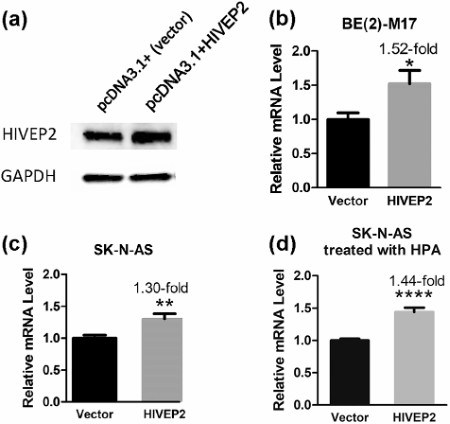HIVEP2 and Associated Diseases
Creative Biolabs is founded by outstanding scientists and we are focused on giving you a comprehensive understanding of gene therapy. Our excellent team will provide you with the service to solve all aspects of your complex problem.
Overview of HIVEP2
In humans, human immunodeficiency virus type I enhancer-binding protein 2 (HIVEP2, also known as HIVEP zinc finger 2) is a protein encoded by the HIVEP2 gene located on chromosome 6p24.2. HIVEP1 is a member belonging to the ZAS family. It contains a modular protein structure called the ZAS domain, consisting of a pair of C2H2 zinc fingers, a threonine/serine-rich sequence, and an acidic-rich region. The HIVEP2 protein can bind to specific DNA sequences such as the kappa-B motif (GGGACTTTCC) found in promoters or enhancers of several viruses like SV40 and HIV. HIVEP2 can also bind the related enhancer found in the promoters of the class I MHC, interleukin-2 receptor, and so on. HIVEP2 may also mediate the activation of T cells.
HIVEP2 in Disease
HIVEP2, encoding a large transcription factor, takes part in various neurodevelopmental pathways. Diseases related to HIVEP2 include developmental delay, intellectual disability, and substance use disorder.
- Intellectual disability
HIVEP2 is reported as a cause of intellectual disability (ID). ID occurs in nearly 1% of the population. According to whole-exome sequencing, the HIVEP2 variant is identified in patients with ID. The symptoms like anxiety and hyperactivity in ID patients can also be observed in the HIVEP2 knock-out mouse model. Knock-out of HIVEP2 induces the upregulation of NF-ĸB target gene which results in chronic inflammation and neurodevelopmental disorders in the HIVEP2 knock-out mouse model. Thus, HIVEP2 is associated with the progression of ID.
- Substance use disorder
HIVEP2 is a transcriptional regulator of the dopaminergic pathophysiology of substance use disorder (SUD). Dopamine (DA) neurons are an important etiology of SUD and SLC6A3 is a critical environmental factor to regulate the DA activity. Using a 121-bp fragment of SLC6A3 as the bait, HIVEP2 is identified and its expression is verified in both nucleus and cytoplasm of DA. The interactions between HIVEP2 and SLC6A3 can be extensively observed in the clinical samples of SUD. In a rat model, altered expression of HIVEP2 in the ventral tegmental area is associated with SUD. Overexpression of HIVEP2 can activate the upregulation of SLC6A3 by targeting the sequence GTGGCTTTCT in the cell model of DA. Based on this, HIVEP2-mediated transcriptional activation is implicated in the pathophysiology of SUD.
 Fig.1 Overexpression of HIVEP2 upregulated the mRNA level of SLC6A3. (Zhao, 2019)
Fig.1 Overexpression of HIVEP2 upregulated the mRNA level of SLC6A3. (Zhao, 2019)
Creative Biolabs has a team of professional scientists majoring in gene therapy and provides one-stop disease-specific gene therapy development solutions. Please feel free to contact us for more about your HIVEP2 project.
Reference
- Zhao, J.; et al. Identification of HIVEP2 as a dopaminergic transcription factor related to substance use disorders in rats and humans. Transl Psychiatry. 2019, 9: 247. Distributed under Open Access license CC BY 4.0, without modification.
